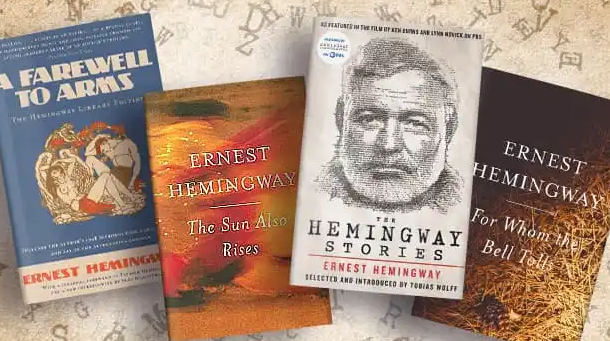Ernest Hemingway is a literary icon whose works are a treasure trove of themes and symbolism.
Exploring the Themes in Hemingway’s Novels:
In Hemingway’s novels, themes of masculinity, war, love, and loss are prominently featured.
Masculinity is a recurring theme in many of Hemingway’s works, showcasing the struggle of his male characters to uphold traditional ideals of strength and courage in the face of adversity.
War is another prevalent theme in Hemingway’s novels, depicting the harsh realities of combat and its impact on the psyche of individuals.
Love and loss are also central themes in Hemingway’s writing, exploring the complexities of human relationships and the pain of separation.
The Symbolism in Hemingway’s Novels:
Hemingway’s writing is rich in symbolism, with objects and actions often serving as metaphors for larger themes.
For example, the bullfighting scenes in “The Sun Also Rises” symbolize the characters’ struggle for control and dominance in their relationships.
In “A Farewell to Arms,” the rain symbolizes the characters’ internal turmoil and the chaos of war that surrounds them.
The sea in “The Old Man and the Sea” is a symbol of life’s challenges and the resilience and determination required to overcome them.
Unveiling the Genius of Hemingway:
Hemingway’s ability to craft powerful narratives that explore universal themes through vivid imagery and symbolism is what sets him apart as a literary genius.
His works continue to captivate readers and inspire new generations of writers to delve into the complexities of the human experience.
In conclusion, the themes and symbolism in Hemingway’s classic novels are a testament to his talent as a storyteller and his enduring legacy as one of the greatest literary figures of the 20th century.
